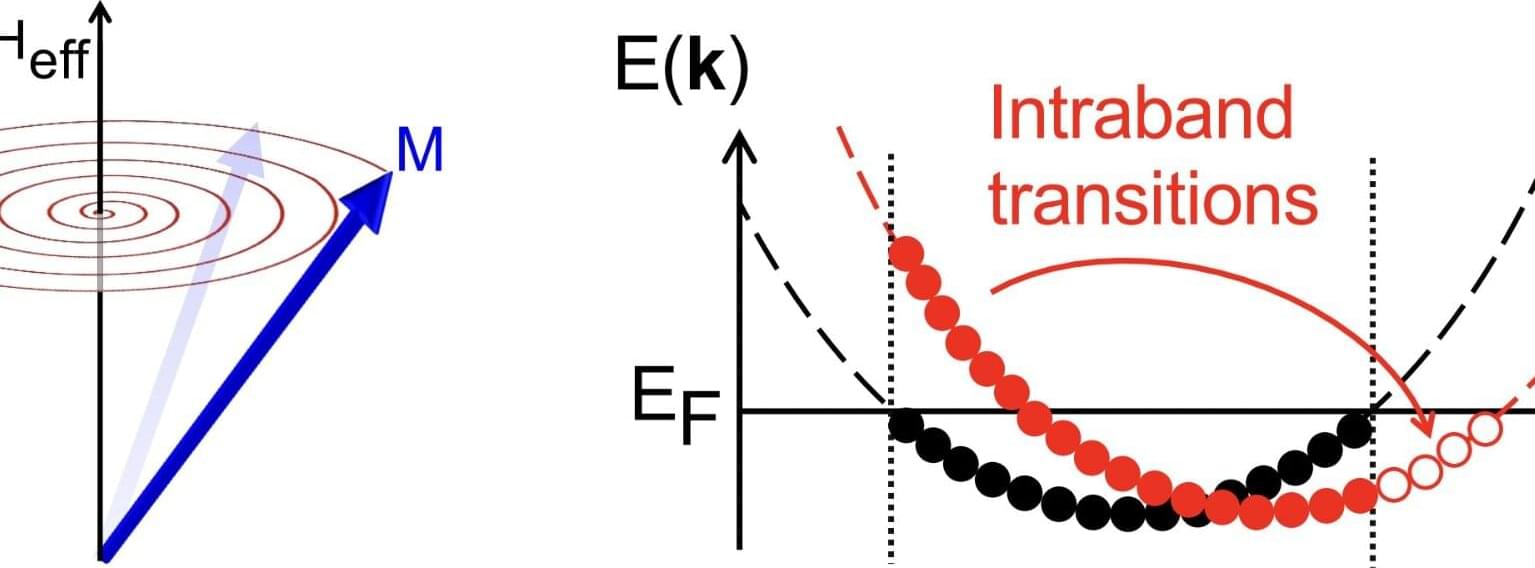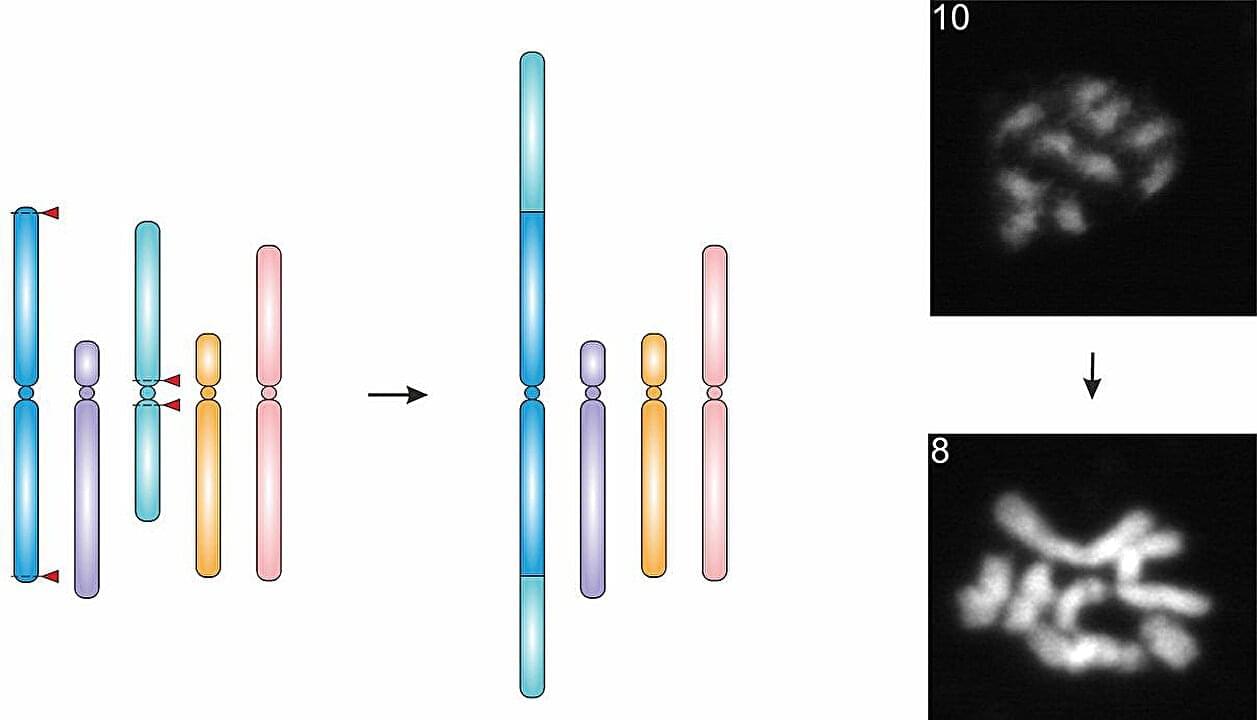The understanding of complex many-body dynamics in laser-driven polyatomic molecules is crucial for any attempt to steer chemical reactions by means of intense light fields. Ultrashort and intense X-ray pulses from accelerator-based free electron lasers (FELs) now open the door to directly watch the strong reshaping of molecules by laser fields.
A prototype molecule, the famous football-shaped “Buckminsterfullerene” C₆₀, was studied both experimentally and theoretically by physicists from two Max Planck Institutes, the one for Nuclear Physics (MPIK) in Heidelberg and the one for the Physics of Complex Systems (MPI-PKS) in Dresden in collaboration with groups from the Max Born Institute (MBI) in Berlin and other institutions from Switzerland, U.S. and Japan.
For the first time, the experiment carried out at the Linac Coherent Light Source (LCLS) of the SLAC National Accelerator Laboratory could image strong-laser-driven molecular dynamics in C₆₀ directly.









